Mr. Bui Thanh Tu, Marketing Director and his colleagues at BestPrice Travel Company are busy preparing for the upcoming domestic tourism peak season. Not only domestic tourists but also the Inbound market (international visitors to Vietnam) is growing positively thanks to the effect of the increasingly expanding visa exemption policy, most recently adding Poland, the Czech Republic and Switzerland:
"These are three developed countries with high living standards and high spending levels, contributing to increasing revenue for Vietnam's tourism. The more open the policy is, the more our number of visitors will increase. In 2023, our number of visitors will double compared to 2019.
In 2024, our number of visitors will increase by 30% compared to 2023. Previously, they only stayed in Vietnam for about 15 days, but now it has increased to 45 days. The longer time helps tourists spend more. For example, previously the spending level was only about 1,200 - 1,400 USD/person, but now the number is about 1,900 - 2,000 USD."
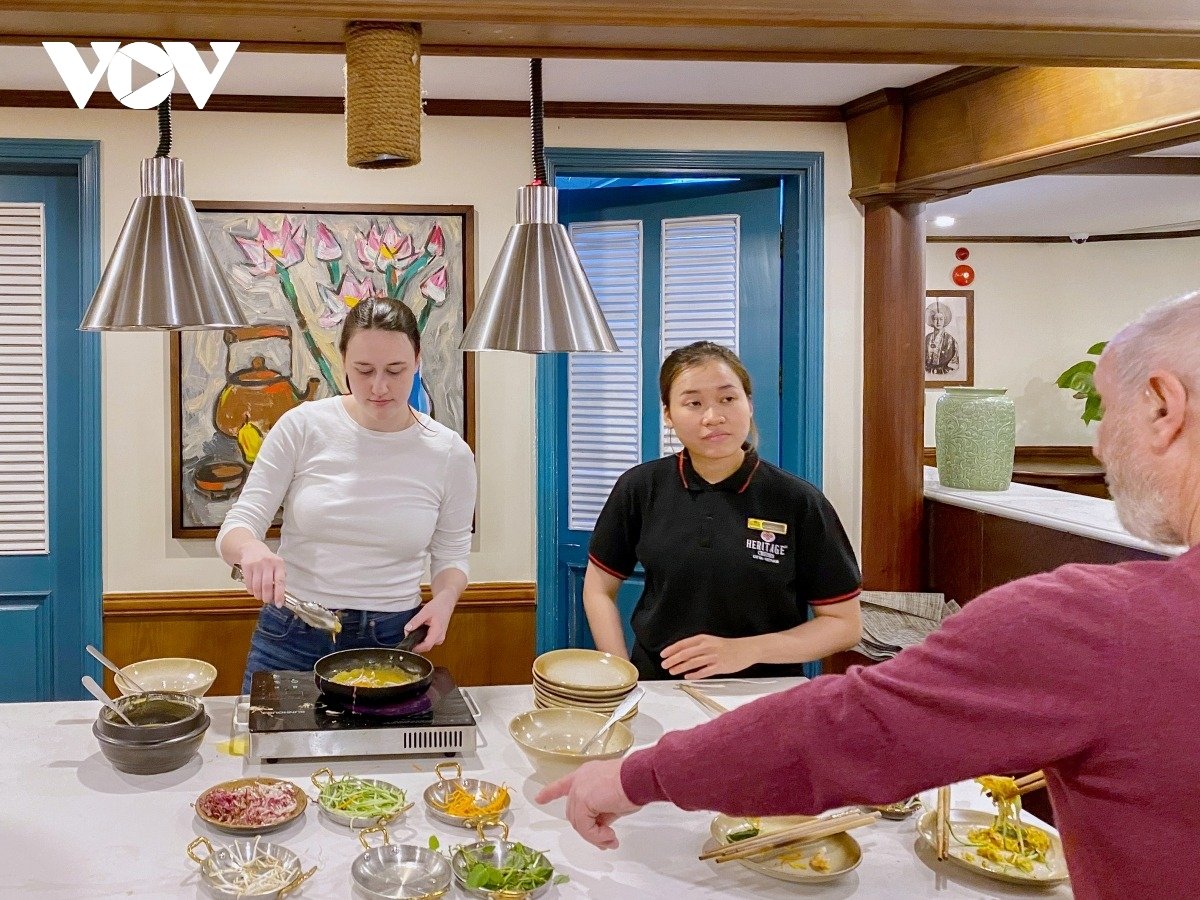
AZA Travel Company (AZA Travel) also recorded a growth of about 30 - 40% in the European market, which according to Mr. Nguyen Tien Dat, Director of AZA Travel, Vice President of Hanoi Tourism Association, visa policy has a great impact on tourists' choices, and is one of the factors contributing to the growth of the tourism industry:
"For example, if Thailand exempts visas while Vietnam requires visas, of course they will consider going to Thailand instead of Vietnam. We expect visa policies to continue to be more open to other countries. Public investment in transport infrastructure and tourism infrastructure is also being focused on development. Foreign investors are interested in investing in high-end accommodation and resorts.
In Vietnam, large corporations such as Vingroup,Sun Group , etc. also have 5-star accommodation and entertainment areas serving high-end customers. I think we are gradually overcoming this and are able to welcome more and more "rich" guests.
According to the Vietnam National Administration of Tourism, in February, Vietnam welcomed about 1.9 million international visitors, an increase of more than 30% over the same period last year. Previously, January set a record with 2.1 million visitors, surpassing the peak period in January 2020. The flexible visa policy, increasing the temporary stay period to 45 days for international visitors (applied from mid-August 2023) has helped the European market grow at a double-digit rate.
For Hanoi, in the first 3 months of the year, the capital welcomed about 7.3 million visitors, an increase of 8.6% over the same period in 2024; of which, international tourists were about 1.85 million, an increase of 17.3% over the same period. Total revenue from tourists reached nearly 30 trillion VND, an increase of 11.3%.

Speaking to reporters, Mr. Tran Trung Hieu - Deputy Director of Hanoi Department of Tourism said that expanding the visa exemption list and extending the temporary stay period is a strategic step, bringing many benefits to the tourism industry and the economy:
“Visa waivers reduce the barrier to entry, which is particularly attractive to high-spending, long-stay markets, such as European countries. Extending the length of stay allows visitors more time to explore and experience, leading to increased spending throughout the journey.
This not only benefits the tourism industry but also promotes the development of related industries such as hotels, restaurants and entertainment services. The open visa policy helps Vietnam increase its competitiveness compared to other destinations in the region; creates opportunities for tourism businesses to expand their markets; promotes the local economy and creates jobs."
Agreeing with the positive effects of expanding the visa exemption policy for international tourists, Associate Professor Dr. Nguyen Viet Thai, Head of the Faculty of Hotel and Tourism, University of Commerce, said that in addition to visas, it is necessary to pay attention to tourism services and many other factors: "The effect of the visa policy must be achieved after 6 - 9 months. Among the 10 key tourist markets of Vietnam, we still have large markets that have not been exempted from visas such as: India, Australia...
In recent years, the Vietnamese tourism industry has gradually affirmed the quality of its services, however, the most important issue is the coordination of industries to create competitive advantages. For example, the aviation and tourism industries, or transport infrastructure are also factors that need to be overcome immediately, to ensure the most favorable conditions for international visitors when coming to Vietnam."
Giving further comments on visa policy, Associate Professor Dr. Pham Trung Luong, Former Deputy Director of the Institute for Tourism Development Research, also said that along with visas, there must be an upgrade of infrastructure and services:
"Competition in visa exemption is a matter of whether we open it or not. Along with opening it, we have to ensure the safety of tourists and their rights when they come to Vietnam for tourism. This is the competitive factor, not that if you open more, more tourists will come.
When targeting a certain market, you must understand the characteristics of that market to prepare suitable products. Faced with this opportunity, whether short or long term, tourism businesses must adjust existing products to suit newly opened markets."
In 2023, Vietnam welcomed 17.6 million international visitors, and this year's target is 22 - 23 million. According to a report from the ASEAN Secretariat, Vietnam has the highest tourism recovery rate in the region, reaching 98%. The number of international searches for Vietnam on Google continues to increase by 30 - 45%.
However, in the context of fierce competition in Southeast Asia on visa policies and tourism programs, Vietnam needs to continue to promote many synchronous solutions to not miss the "golden" opportunity, realize the goal of achieving a revenue of trillions of VND in 2025 and actively contribute to the country's GDP growth target of 8% or more.
Improve the quality of tourism services to optimize visa "leverage"
International tourists' travel choices are often based on four main factors, including: direct flights, immigration procedures, infrastructure, tourism services and staff. Vietnam has made significant progress in easing visa requirements for international visitors, from expanding the list of countries to applying electronic visas (e-visas) for global citizens. However, compared to other countries in the Southeast Asian region, Vietnam's tourist visa policy is still lagging behind.
Thailand has generously exempted visas for citizens of 93 countries and territories, while Malaysia has applied a similar policy to more than 150 countries. Singapore - a leading financial and tourism center, is also unquestionably open in its entry policy for most important markets.
Furthermore, even if this policy continues to be expanded, Vietnamese tourism cannot rely solely on visas to solve all problems. The current infrastructure still has many shortcomings, international airports, despite investment, are still constantly overloaded. Traffic between tourist destinations lacks connectivity, and is often congested in major cities.
Although accommodation facilities have developed strongly, their quality is still uneven. Many famous tourist areas such as Sa Pa, Da Lat, and Phu Quoc are facing overload, lack of proper planning, and environmental pollution, directly affecting the experience of tourists. Meanwhile, Hanoi, Ho Chi Minh City, and other initial destinations still have difficulty in building impressive, attractive programs, or the "grab and run" business mindset still exists in a segment of business people.
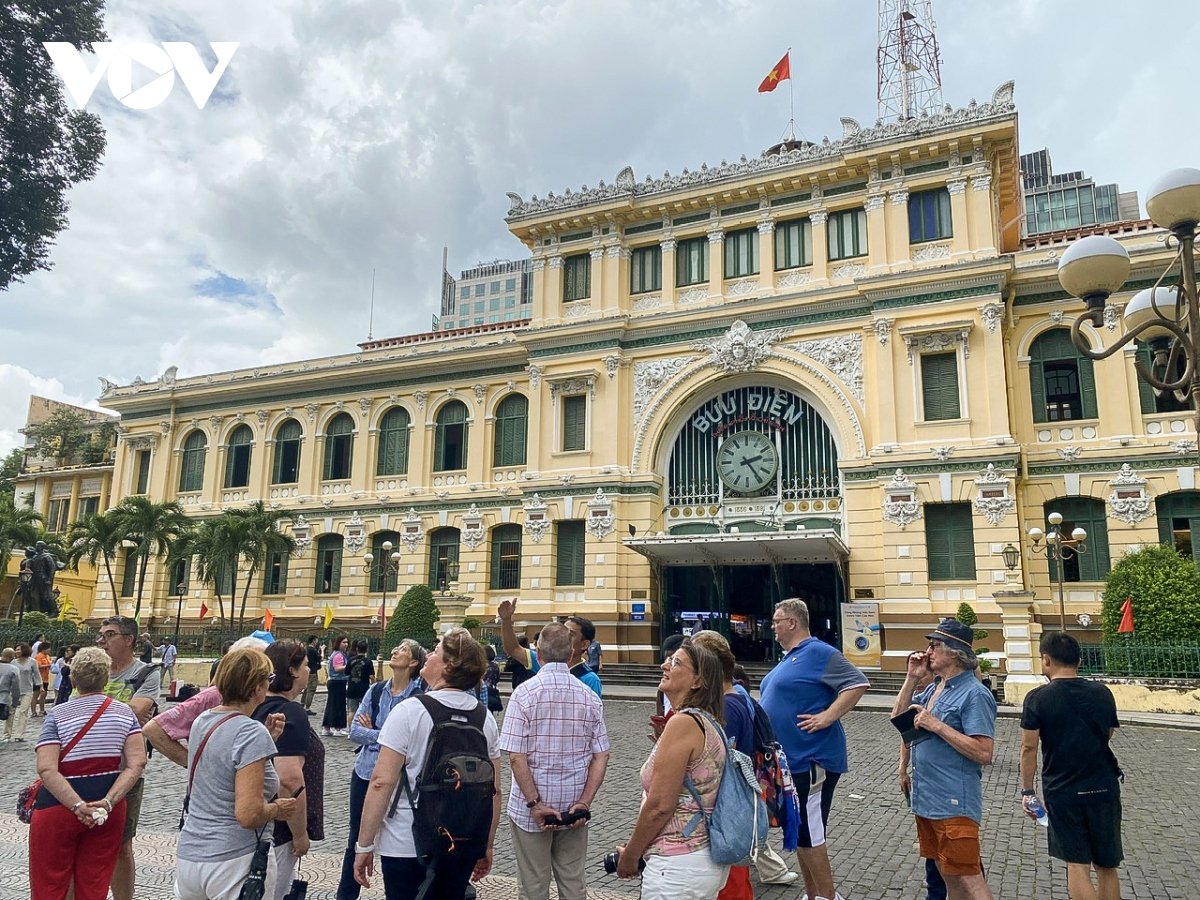
Tourists not only need an easy “passport” but also want a worthwhile journey. The potential and attraction of Vietnam tourism is huge, infrastructure and services are also improving day by day, however, it needs to “speed up” further in the “race” to attract tourists with neighboring countries.
First, infrastructure, including transportation infrastructure, is a particularly important factor that directly affects the travel experience. Investing in the construction and expansion of international airports, deep-water ports that allow large ships to dock, or completing the highway network, which the Government is interested in, will be the "key" to helping the tourism industry truly "take off".
Along with attractive visa policies and developed infrastructure, there must be a quality tourism ecosystem. Thailand does not simply exempt visas but also turns itself into a high-end tourist “paradise”, with luxurious resorts, diverse entertainment services and a thriving health care industry. Bali, Indonesia not only has beaches but also builds a sustainable tourism ecosystem, retaining long-term visitors and encouraging them to return.
Vietnam can learn a lot from other countries in building a national tourism brand, continuing to promote the development of unique experiences in culture, cuisine, and art, turning them into distinctive competitive advantages compared to other countries in the region.
In particular, it is necessary to invest in the high-end tourism segment by developing more 5-star resorts, designing unique products that are increasingly popular with domestic and foreign tourists such as wellness tourism, luxury cruise services, etc. to meet the needs of tourists with high spending levels.
The quality of services and human resources in the tourism industry also needs to be improved. The staff in the industry must be trained in skills and expertise, especially foreign languages, fluent in the language of the visitors, thereby having a professional style to serve international tourists with higher standards.
In addition, applying technology to tourism is an inevitable step. Vietnam needs to develop smart tourism applications, integrating information, booking services, means of transportation, and fast and convenient customer support. Digitizing destinations, applying virtual reality (VR), artificial intelligence (AI) to enhance the tourist experience is also what developed countries have been doing.
Vietnam has a great opportunity to rise on the world tourism map, but if we do not accelerate to seize it in time, we may be left on the sidelines. A more open and reasonable visa policy, upgraded infrastructure, innovative tourism products and services, etc., only when these factors are fully met can Vietnam attract more international tourists, motivate them to return and escape the "label" of a cheap tourist destination.
Source: https://vov.vn/du-lich/tu-van/mien-visa-du-lich-viet-nam-can-them-gi-de-hut-khach-quoc-te-post1163362.vov


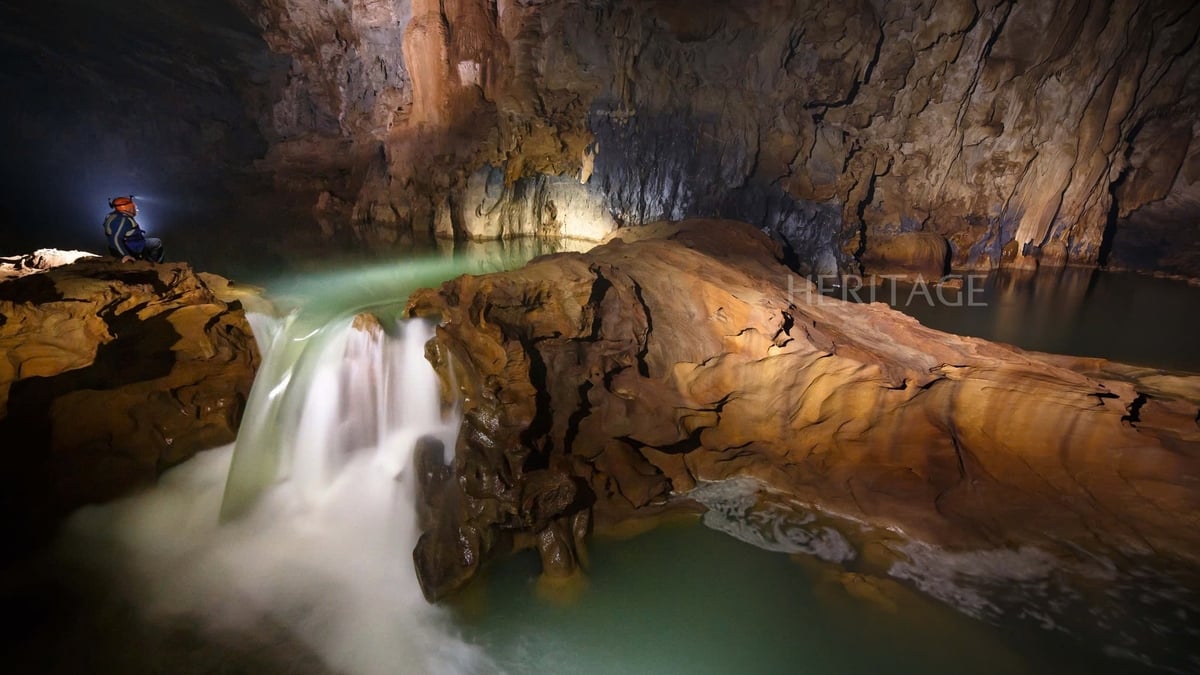


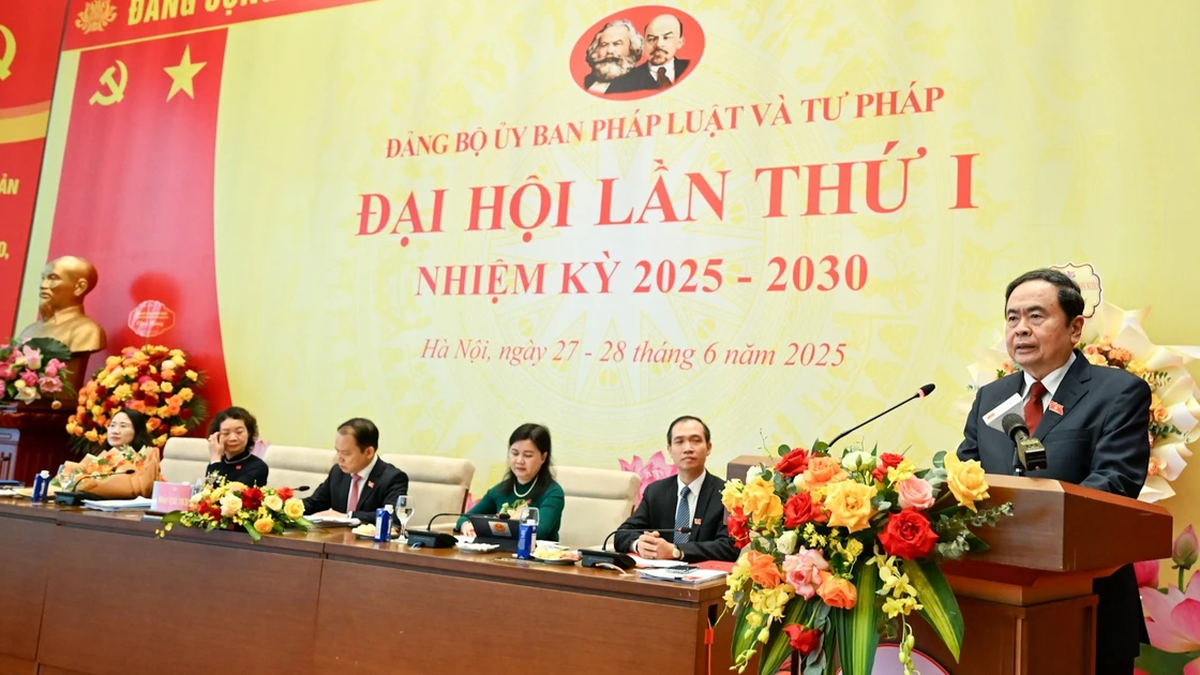






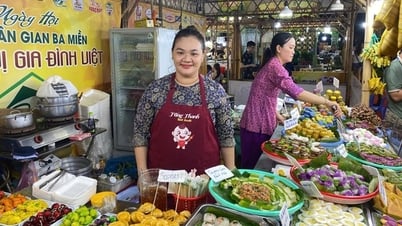



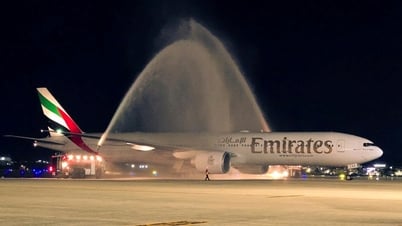








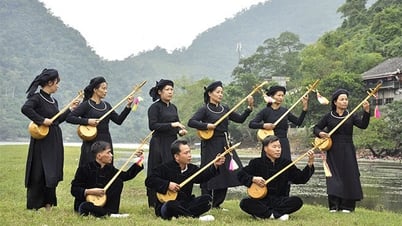

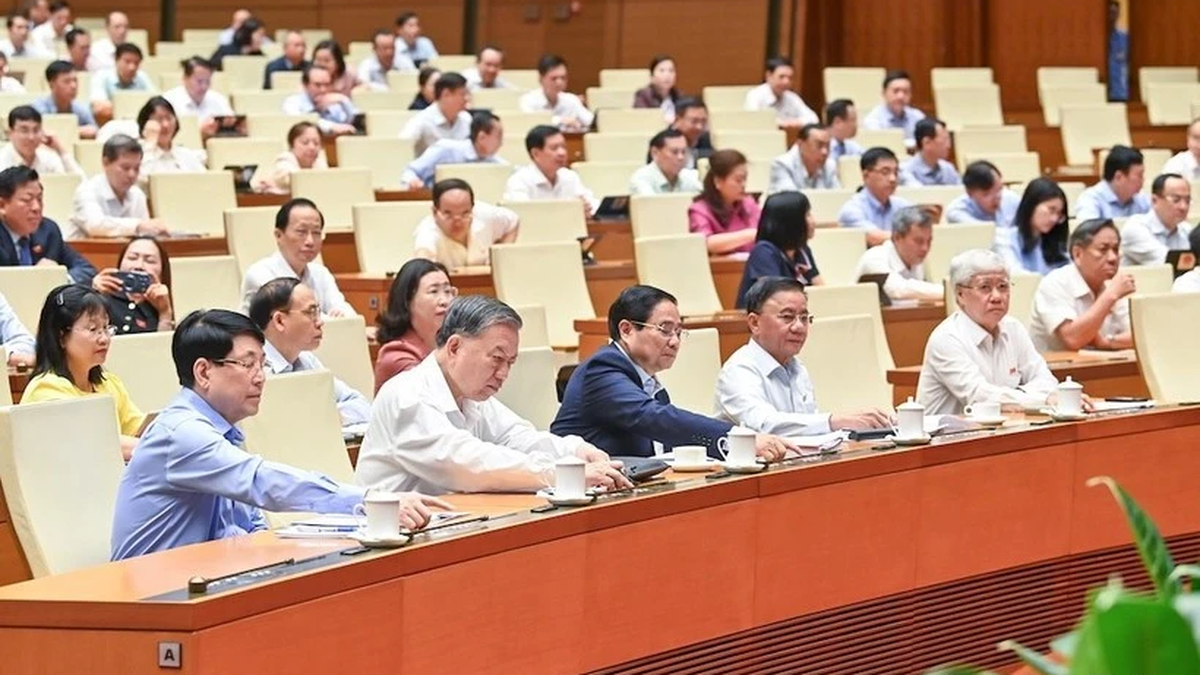



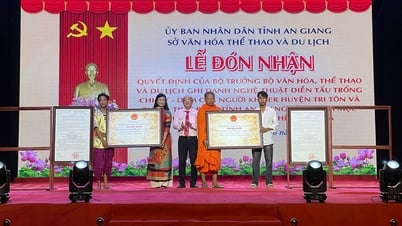

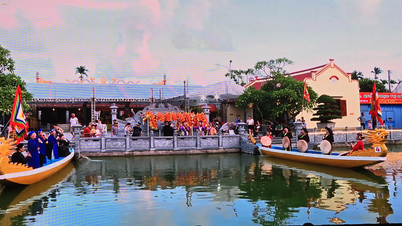

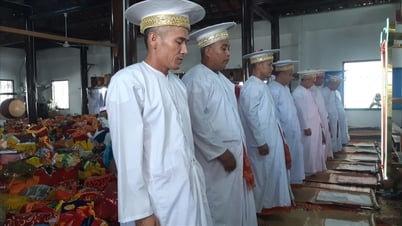

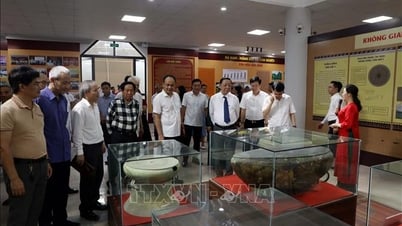





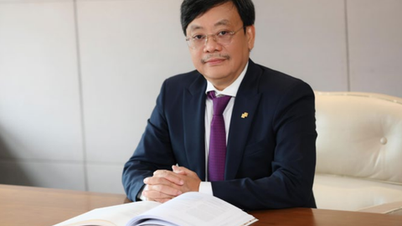





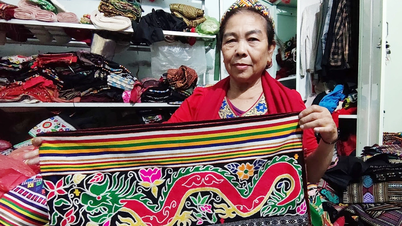










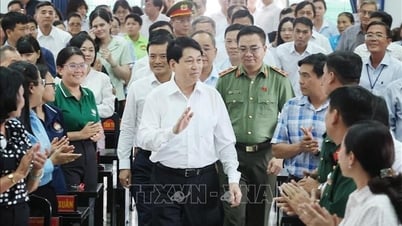
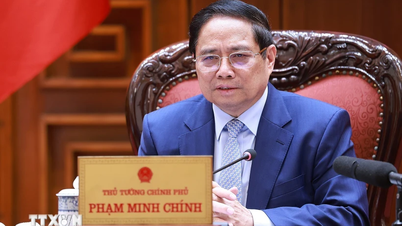


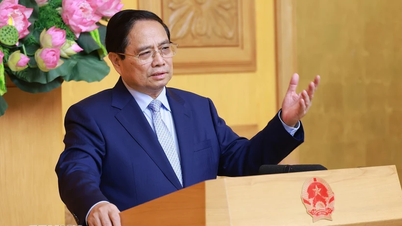

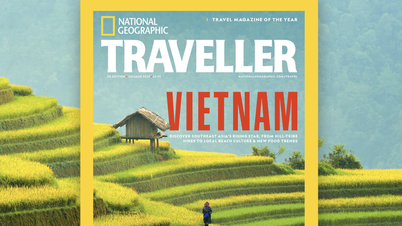


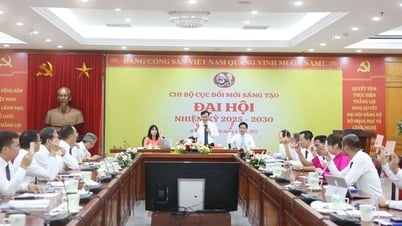
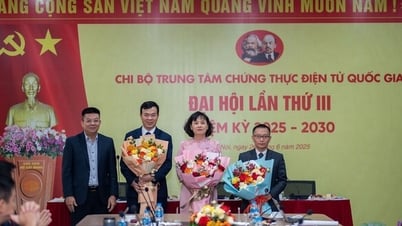


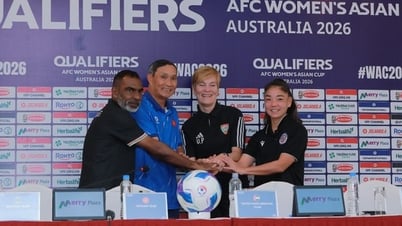
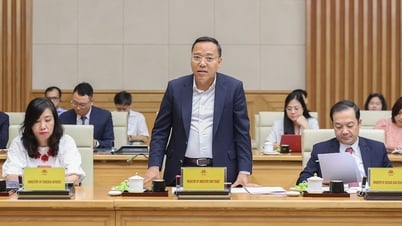

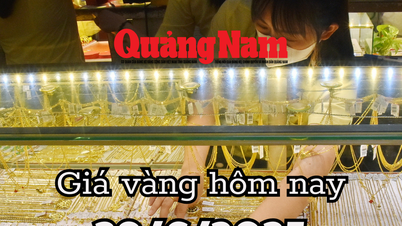

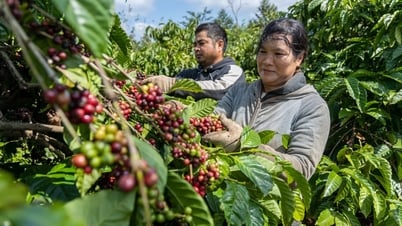

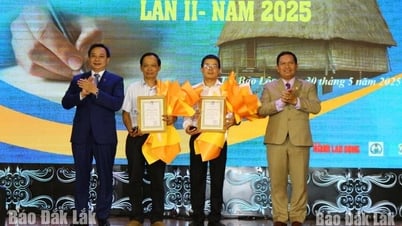


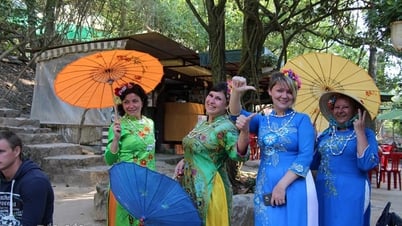














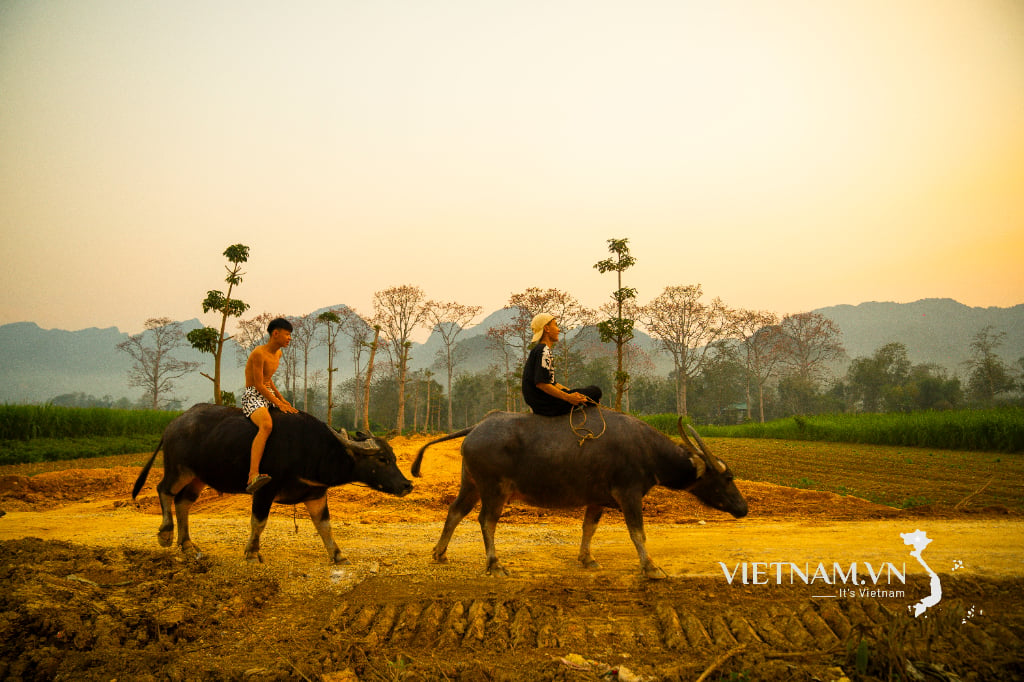
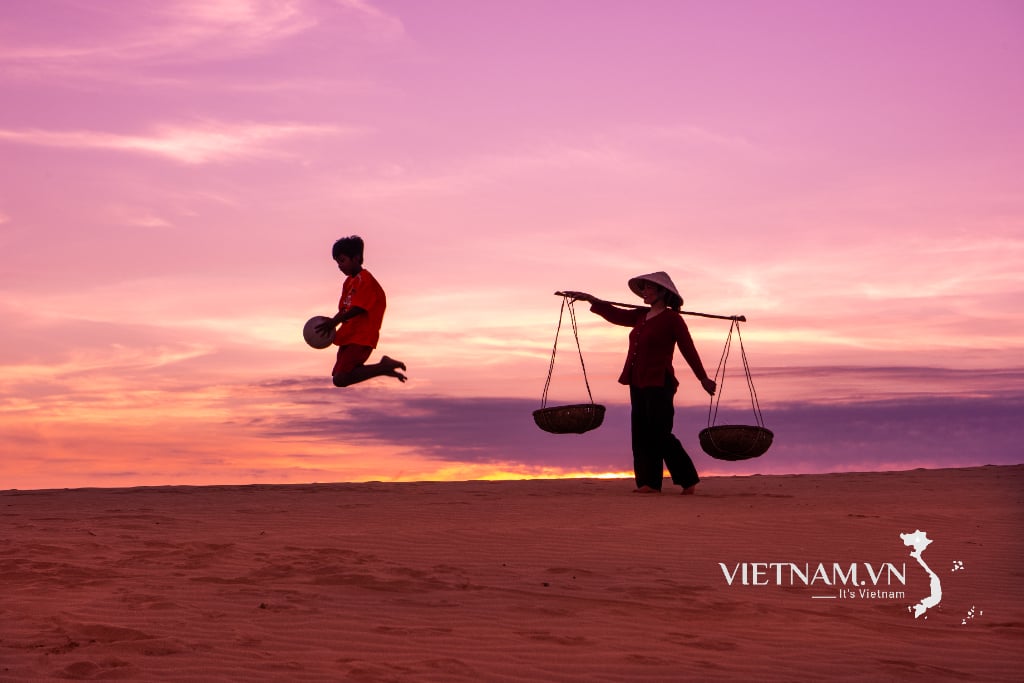

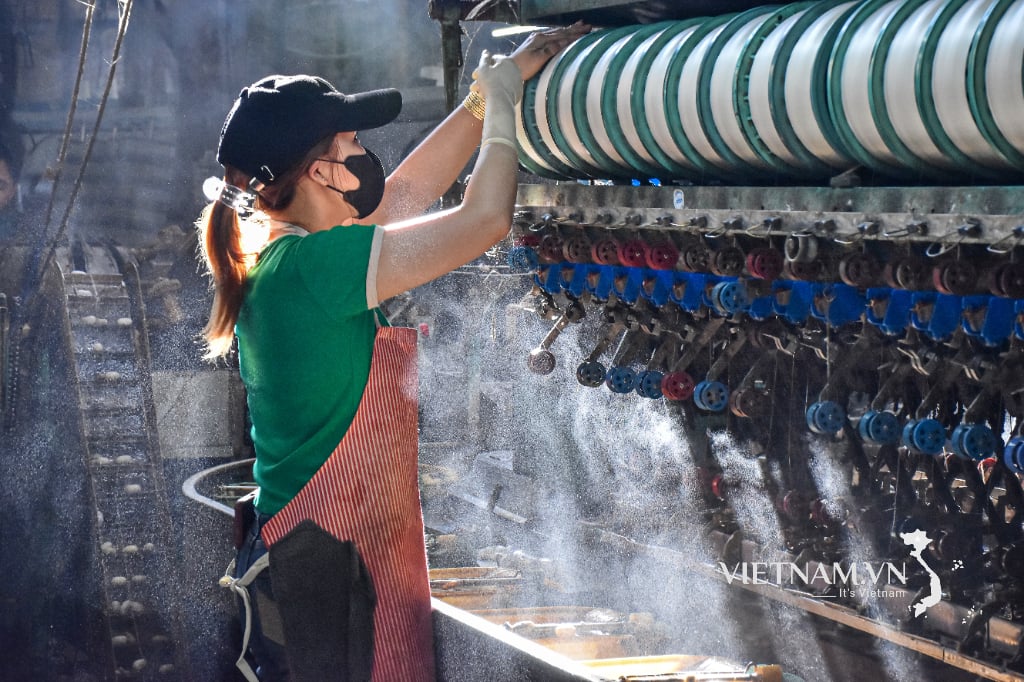
Comment (0)